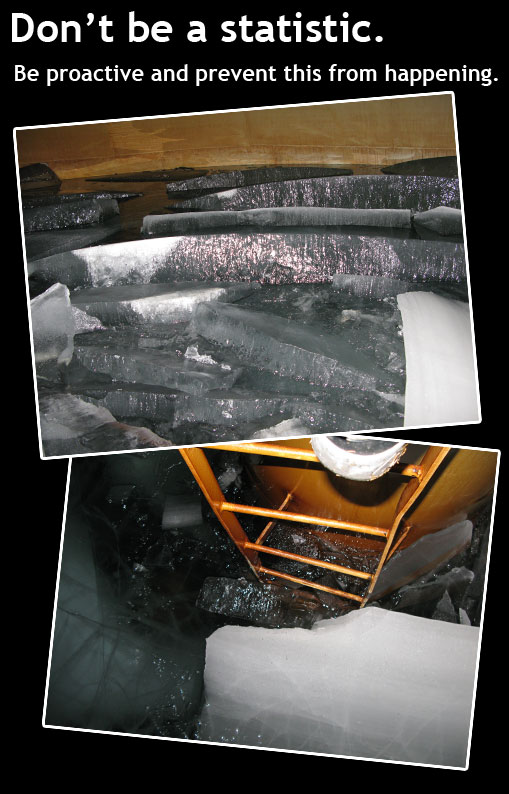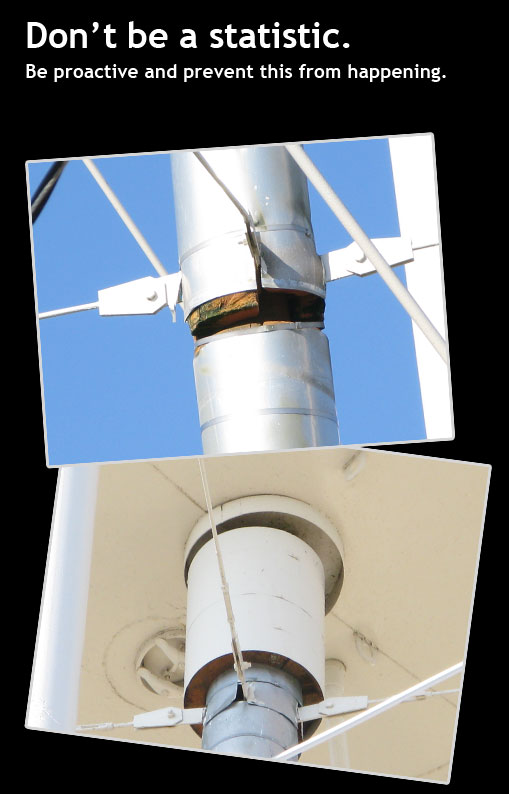 Perhaps the first thing to do is to review previous years’ water usage during the cold weather months and consider how any changes in the past year will affect the usage this year. This may even involve some consultation with local industries or other heavy users to determine if they anticipate any changes to their usage.
Perhaps the first thing to do is to review previous years’ water usage during the cold weather months and consider how any changes in the past year will affect the usage this year. This may even involve some consultation with local industries or other heavy users to determine if they anticipate any changes to their usage.
Based on usage, develop a plan for fluctuating the water level in the tank to try to incur as much turnover in the water in the tank as possible, and as much movement. Communicate this plan to all supervisors and operators to ensure they understand its purpose and their responsibilities in executing it. The plan may include any or all of the following: minimizing the overall water level in the tank, based on usage and fire protection requirements; fluctuating the water level more than during cold weather months; regular drainage of the tank into the system, then refilling with warmer water.
Before the cold weather sets in, and periodically (weekly or bi-weekly at a minimum) after that, ensure the vent and overflow pipe are clear of debris, and their screens are not frosted over. If the vent screen is frosting over, and you don’t have a pressure-vacuum/frost-proof vent, the roof can be sucked in during rapid draw-down of the water level. Even with the pressure vacuum relief style vent, periodic checks will help to ensure that it is working properly, and enable a timely reset if it does not automatically reset itself.
Another check to perform, at least before the weather begins freezing consistently, is to check the insulation on the inlet pipe to ensure there are no gaps, and that it has not been saturated by leakage or condensation. Leaks, if found, should be fixed immediately. Gaps in and saturation of the insulation rob it of most of its R-value and may require partial or complete replacement as soon as possible.

For those systems containing other systems, such as heat tape, recirculating pipes and pumps, bubblers, aeration systems, mixers, temperature probes, and other water agitators, additional checks are in order. First, verify the connectivity of the electrical system and that it is operating in the proper range(s). Second, verify that the system is working properly through visual checks. Third, verify any input switches, such as those using temperature or pressure, are also functioning properly. If caught early enough, it is possible to repair deficiencies in most of these before major freezing occurs. Oh yeah, don’t forget to turn the system on!
Periodic visual verification of the operations of these systems is important, because if its circuit(s) are blown or they aren’t working properly, it may lead to damage to your tower, rather than the protection of it.
KLM Engineering has extensive experience with the installation and operation of most of these systems and can provide consultation on their potential use and situations where one or more may be appropriate.
Remember, while there are costs to pumping more water and running other appurtenances, there could be a greater cost if your tank freezes up. The goal is to eliminate preventable damage from occurring in your water storage tank due to the formation and movement of the ice.
